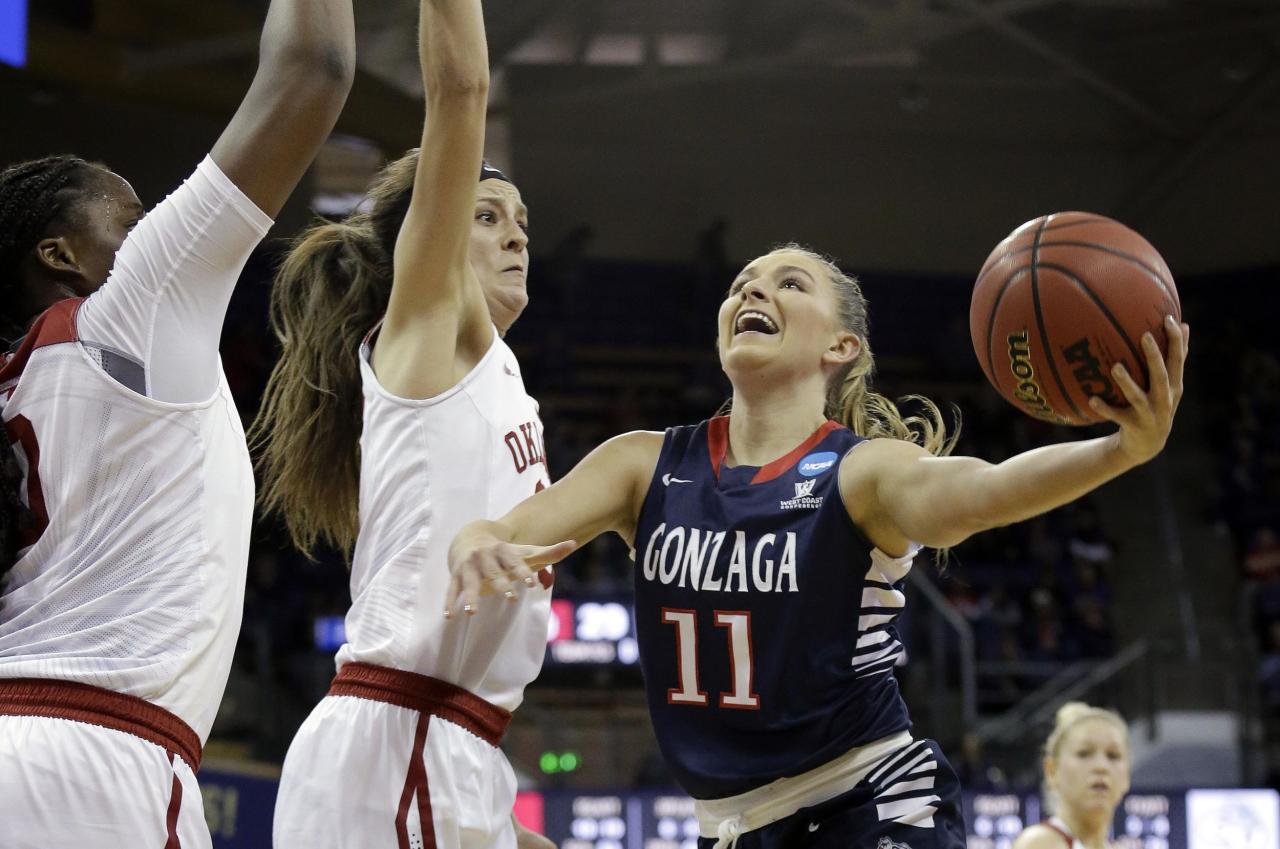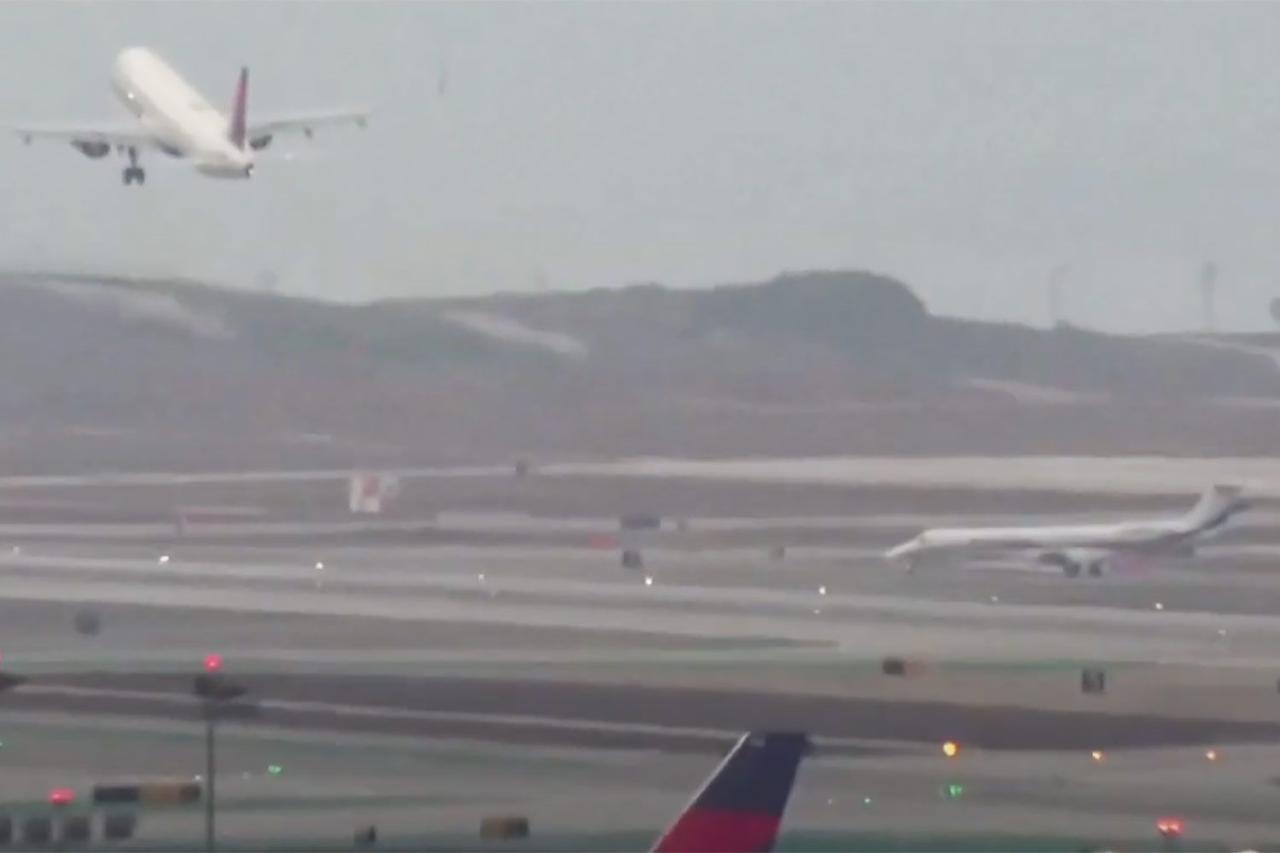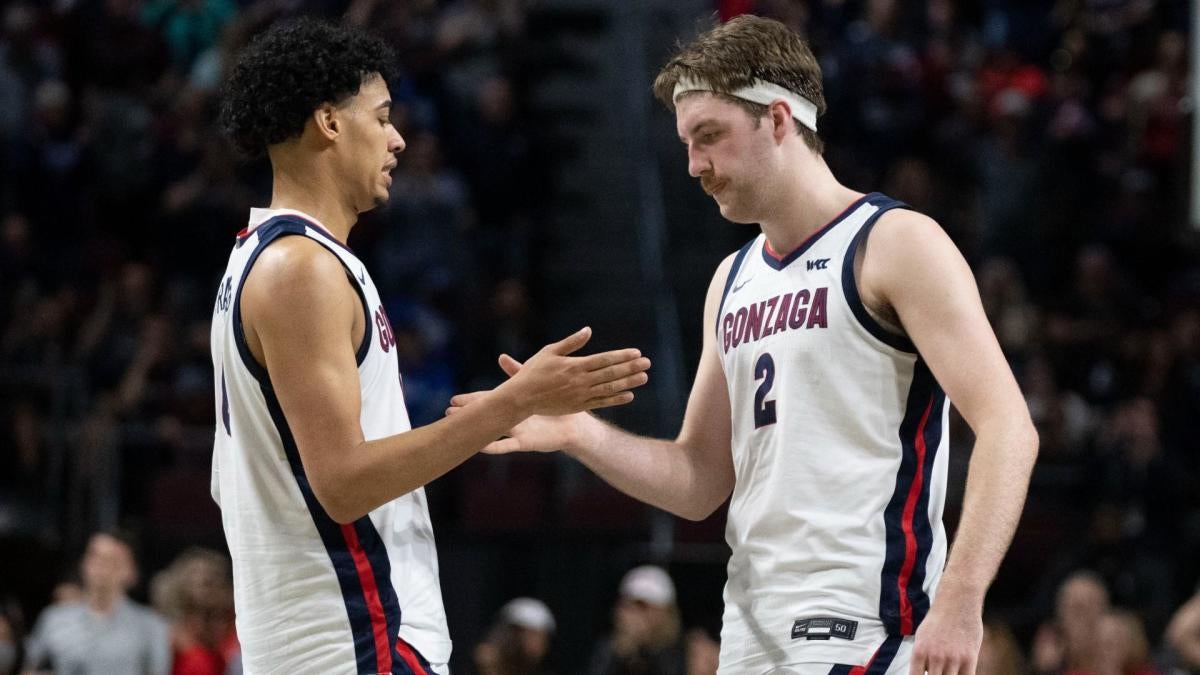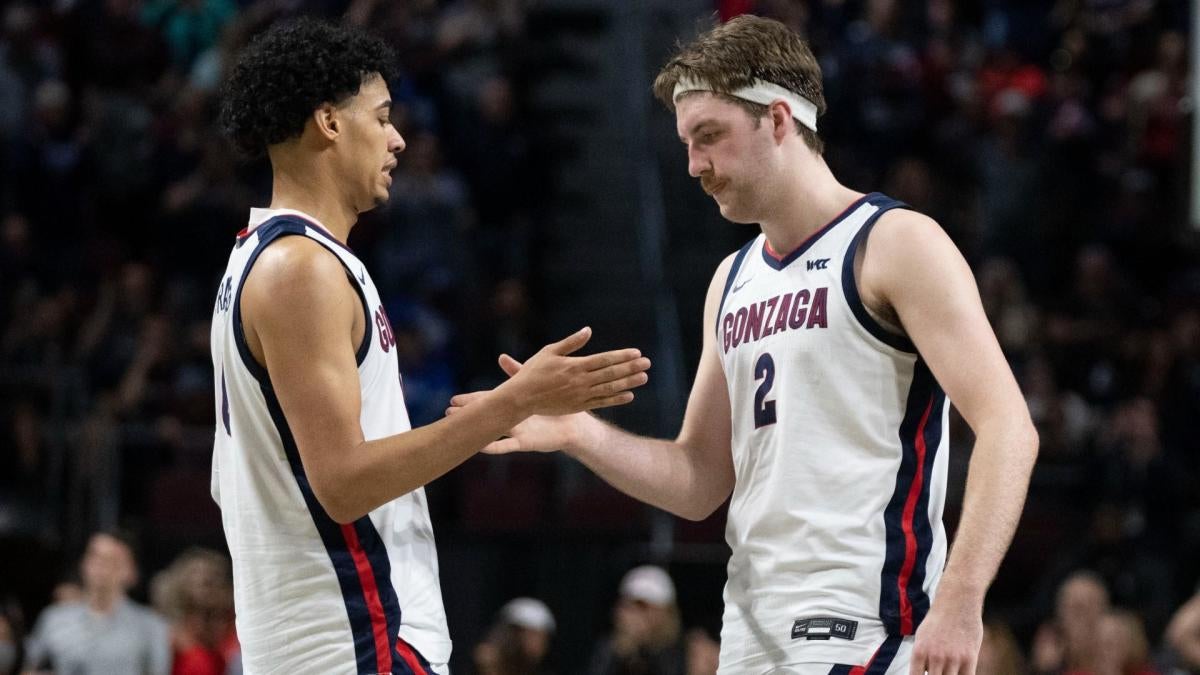Gonzaga basketball plane travel is more than just getting the team to games; it’s a logistical operation involving chartered flights, hefty budgets, and careful planning. This deep dive explores the history of the Bulldogs’ air travel, examining the costs, safety protocols, public perception, environmental impact, and comparisons to other top college basketball programs. We’ll uncover the behind-the-scenes details of how Gonzaga gets its team across the country and the various considerations involved.
So, you’re curious about the Gonzaga basketball team’s travel arrangements, right? Their plane probably gets them to games efficiently, unlike the amazing spectacle of coordinated movement you see in the china new year drone show ; that’s a whole different level of organized travel! Imagine the logistics involved—it’s quite a contrast to a basketball team’s plane, isn’t it?
Getting those Zags to the court, though, is still a pretty big operation.
From the scheduling of flights to the security measures implemented, we’ll look at every aspect of Gonzaga’s air travel. We’ll also examine the financial implications, comparing Gonzaga’s expenses to those of other programs and exploring potential cost-saving strategies. Finally, we’ll consider the environmental impact and explore ways to minimize the team’s carbon footprint.
Gonzaga Basketball Team Travel: A Deep Dive
Gonzaga University’s men’s basketball team enjoys a national reputation for excellence, and their travel arrangements are often a subject of discussion. This article explores various facets of their travel, from the historical use of private chartered flights to the environmental impact and public perception. We will examine the logistical challenges, economic considerations, safety protocols, and comparisons with other prominent college basketball programs.
Gonzaga Basketball Team Travel History
Gonzaga’s consistent success has necessitated extensive travel, particularly during the NCAA tournament. The team’s reliance on private chartered flights has become a notable aspect of their operations, allowing for greater control over scheduling and player comfort. This practice began to increase significantly in the late 1990s and early 2000s, coinciding with the team’s rise in national prominence. The logistics involved in coordinating these flights are complex, requiring careful planning and coordination with various stakeholders, including flight operators, team staff, and the university’s athletic department.
| Date | Destination | Event | Flight Details |
|---|---|---|---|
| March 2023 | Las Vegas, NV | West Coast Conference Tournament | Private Charter Flight (Details not publicly available) |
| March 2022 | San Francisco, CA | NCAA Tournament | Private Charter Flight (Details not publicly available) |
| March 2021 | Indianapolis, IN | NCAA Tournament | Private Charter Flight (Details not publicly available) |
| 2017-2020 (Examples) | Various NCAA Tournament Locations | NCAA Tournament Games | Private Charter Flights (Specific details vary by year and location) |
The Economics of Gonzaga’s Air Travel, Gonzaga basketball plane

Chartering private flights for a college basketball team is a significant expense. While precise figures are not publicly released, estimates suggest costs ranging from tens of thousands to hundreds of thousands of dollars per trip, depending on the distance, aircraft size, and other factors. This expenditure is likely higher than many other programs, especially those without Gonzaga’s consistent level of success and national profile.
Funding for these travel expenses comes from various sources, including athletic department budgets, booster donations, and potential sponsorships.
So, you’re curious about the Gonzaga basketball team’s travel arrangements, right? Think of their plane as a smaller, sportier version of what you’d see at a massive spectacle like the china new year drone show 2040 , only instead of drones painting the sky, it’s carrying basketball players across the country. The logistics are different, but both involve coordinating a lot of moving parts to get to a destination smoothly.
Getting the Gonzaga team to the game on time is a pretty big deal, just like that massive drone show!
- Exploring more cost-effective flight options, such as utilizing commercial flights for shorter distances.
- Negotiating better rates with charter companies through long-term contracts.
- Optimizing travel itineraries to reduce the number of flights needed.
- Seeking additional sponsorships to offset travel costs.
Safety and Security Protocols During Travel
Gonzaga prioritizes the safety and security of its players and staff during travel. This involves comprehensive protocols encompassing pre-flight checks, in-flight procedures, and emergency response plans. Designated personnel, including team trainers, security personnel, and coaching staff, play key roles in ensuring adherence to these protocols. The university likely works with experienced aviation security consultants to enhance safety measures.
A flowchart illustrating the decision-making process during unforeseen circumstances would show a branching structure, beginning with the event (e.g., medical emergency, mechanical issue), proceeding to assessment, communication with ground control and emergency services, implementation of contingency plans, and post-incident review.
Public Perception and Media Coverage of Gonzaga’s Travel

Gonzaga’s use of private flights has received both positive and negative media attention. Some view it as a necessary investment in the team’s success and player well-being, ensuring optimal performance and minimizing travel fatigue. Others criticize it as excessive spending, particularly in light of potential financial constraints faced by other university programs. Media narratives often frame this issue within the broader context of college athletics’ financial landscape and the prioritization of athletic success.
For instance, articles highlighting the team’s success might mention the convenience of private flights positively, while critical pieces might contrast the team’s travel expenses with the university’s budgetary allocation to other academic or student support services.
So, you’re curious about the Gonzaga basketball team’s travel arrangements, right? Their plane is probably pretty sweet, but think about the tech involved in something completely different, like the ukrainian sea drone technology. That’s a whole different level of engineering! Then you consider the logistics of getting a whole basketball team and their gear across the country – that’s a major operation compared to a single, autonomous drone.
Environmental Impact of Gonzaga’s Air Travel
The environmental impact of Gonzaga’s air travel is a concern, as private jets generally have a larger carbon footprint per passenger compared to commercial flights. The team’s extensive travel schedule contributes significantly to its overall carbon emissions. Alternative modes of transportation, such as high-speed rail where feasible, could offer a more sustainable approach. Strategies to reduce environmental impact could include carbon offsetting programs, investing in more fuel-efficient aircraft, and prioritizing shorter trips or alternative transportation methods where appropriate.
A bar graph comparing carbon emissions from different travel methods (private jet, commercial flight, train) would visually demonstrate the significant difference in emissions, with the private jet bar considerably taller than the others. The caption would specify the emissions per passenger-kilometer for each mode.
Comparison with Other College Sports Programs
Gonzaga’s travel arrangements differ from those of other prominent college basketball programs. While many successful programs utilize charter flights, the frequency and scale of Gonzaga’s air travel might be comparatively higher due to factors such as consistent tournament appearances and geographical location. Some programs might prioritize cost-effectiveness by using commercial flights more frequently, while others may have different logistical constraints affecting their travel choices.
| Program | Travel Methods |
|---|---|
| Duke University | Mix of chartered and commercial flights, depending on distance and schedule |
| University of Kentucky | Primarily chartered flights for major tournaments and long-distance travel |
| University of North Carolina | Similar to Duke, a mix of chartered and commercial flights based on travel needs |
Closure: Gonzaga Basketball Plane

Gonzaga’s use of private jets for its basketball team reveals a fascinating intersection of athletic ambition, financial resources, and public perception. While the convenience and safety benefits are clear, the associated costs, environmental impact, and public scrutiny necessitate a careful examination of the program’s travel practices. Ultimately, understanding the complexities surrounding Gonzaga basketball plane travel offers a valuable case study in the management and considerations of elite college sports programs.
FAQ Compilation
What type of planes does Gonzaga typically use?
The specific type of plane varies depending on the trip length and number of passengers, but they generally use mid-size to large chartered jets.
Who pays for Gonzaga’s travel expenses?
Funding likely comes from a combination of sources, including athletic department budgets, booster donations, and potentially sponsorships.
Has Gonzaga ever experienced any major incidents during air travel?
Publicly available information doesn’t indicate any major incidents. However, detailed records of any minor incidents are typically not released.
How does Gonzaga’s travel compare to other West Coast Conference teams?
A direct comparison requires researching the travel methods of other WCC teams. However, it’s likely that Gonzaga’s travel budget and reliance on private charters exceeds that of most other teams in the conference.
